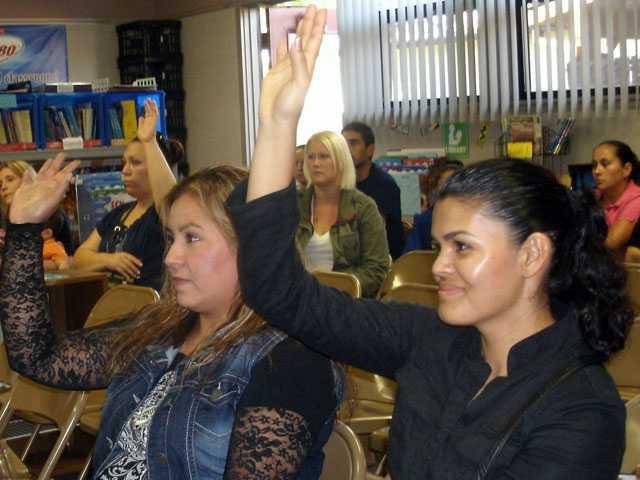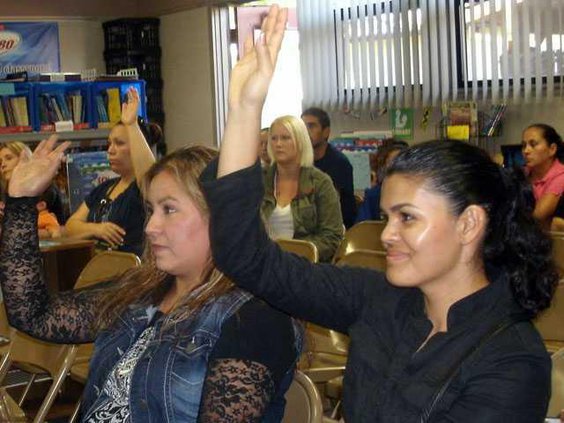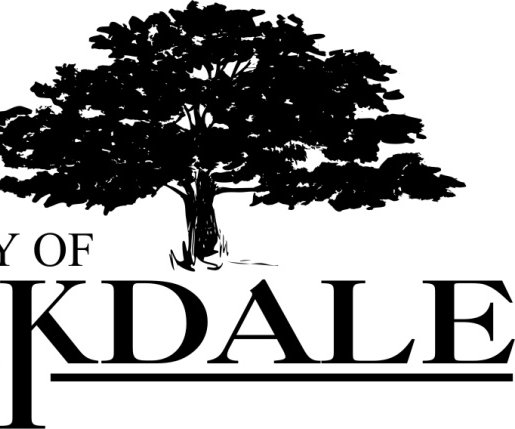Since its inception three years ago, Roselia Aguilar has attended every Family Reading Night function at Sequoia School.
It’s here that the mother of four gains a better understanding as to how to read with her children.
“I’ll read a part of the book to them and they’ll read their part – it’s important that (the kids) have a chance to ask questions when you’re reading to them,” said Aguilar, using methods from the ‘Reading Together’ program.
Twyla Engel, who is a first-grade teacher at the school, and third-grade instructor Risa Hernandez led the workshop to a classroom filled with kindergarten- through- third-grade parents.
Kindergarten teacher Lucia Aguilar served as an interpreter to the Spanish-speaking folks.
“Your child needs to see you read,” said Engel, addressing the parents at the workshop. “It doesn’t matter if you’re reading a newspaper, magazine or book – your children need to see you read.
“Chances are that they’ll emulate you.”
Hernandez has noticed a difference in the classroom with those who are active readers.
“They’re readers who enjoy reading,” she said.
How to do just that was the reason for the workshop by Treasure Bay.
Parents again learned about choral reading, echo reading and paired reading.
Choral reading is when both child and parent read aloud the same text at the same time. In echo reading, the child and grownup take turns reading aloud the text.
In shared reading, the parent and youngster will take turn reading out aloud.
Hernandez hopes to see youngsters not only improve on their reading time but to do so with a strong comprehension of the material.
“In first grade, they should be reading 55 words per minute,” she said. “By third grade, they should be up to 79 wpm.”
“By the time they’re in fourth grade, they should be reading somewhere between 110 wpm to 115 wpm.”
She and Engel are hopeful that many of these youngsters will become independent readers.
“Now is a good time to read along with your child. It’s also good way of bonding,” Hernandez said.
Roselia Ayala, who has a young set of twin daughters along a son – she also has a son in the fifth grade – noticed that reading varies per child. “Each one is different,” she said.
The K-3 youngsters were kept busy during the workshop, taking part in activities such Reading Bingo along with Art and Literature. They also explored literature programs in the computer lab and did some reading on an iPad.
Sequoia parents learn how to read with their kids





